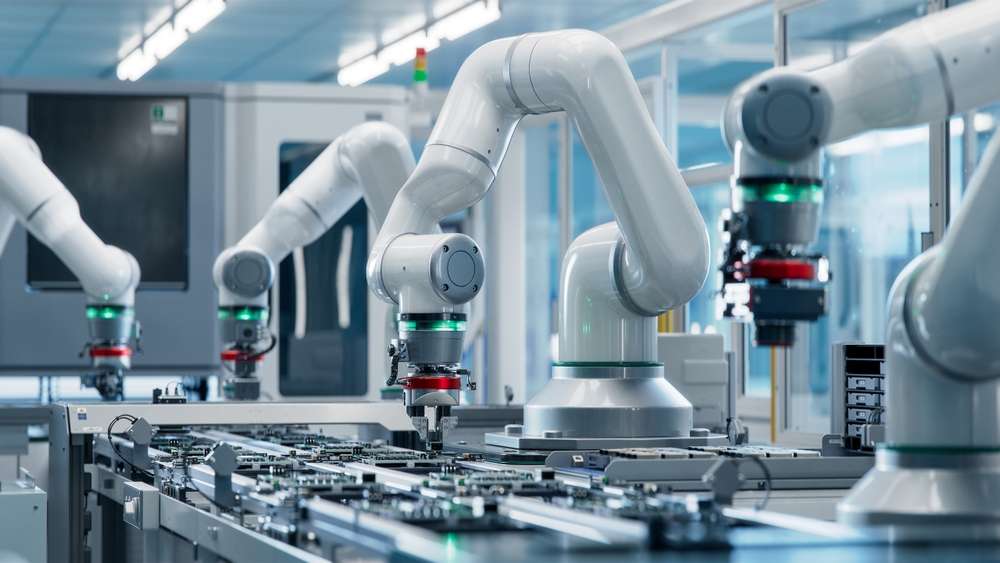Bioinspired Manufacturing: Nature's Blueprint for Industrial Innovation
Biomimicry in manufacturing is revolutionizing industrial processes, offering sustainable and efficient solutions inspired by nature's 3.8 billion years of evolution. This approach is transforming product design, material development, and production methods across various sectors, promising a future where industry and nature coexist harmoniously.

The Foundations of Bioinspired Manufacturing
Bioinspired manufacturing draws on the fundamental principles observed in natural systems. These include resource efficiency, adaptability, and resilience. Nature’s solutions are often multifunctional, energy-efficient, and operate in closed-loop systems with minimal waste. By studying and applying these principles, manufacturers can develop processes and products that are not only more environmentally friendly but also more effective and economically viable.
One of the key aspects of bioinspired manufacturing is the focus on materials science. Nature creates strong, lightweight materials using abundant elements and ambient conditions. For instance, spider silk, known for its exceptional strength-to-weight ratio, has inspired the development of high-performance fibers for industrial applications. Similarly, the self-cleaning properties of lotus leaves have led to the creation of water-repellent and self-cleaning surfaces in various industries.
Innovative Applications in Industrial Processes
Bioinspired manufacturing is finding applications across a wide range of industries. In the automotive sector, Mercedes-Benz has developed a concept car inspired by the boxfish, resulting in a more aerodynamic and fuel-efficient design. In the field of robotics, engineers are creating more agile and adaptable machines by mimicking the movements of animals like geckos and octopuses.
The construction industry is also benefiting from bioinspired approaches. The Eastgate Centre in Harare, Zimbabwe, uses a ventilation system inspired by termite mounds, resulting in significant energy savings. In the realm of water treatment, membrane technologies inspired by the selective permeability of cell membranes are improving filtration processes, making them more efficient and less energy-intensive.
Enhancing Sustainability and Efficiency
One of the most significant advantages of bioinspired manufacturing is its potential to enhance sustainability. Natural systems operate on renewable energy, use materials sparingly, and recycle everything. By adopting these principles, industries can reduce their environmental footprint while improving their operational efficiency.
For example, the circular economy concept, which aims to eliminate waste and maximize resource use, is deeply rooted in natural cycles. Companies are increasingly looking to nature for inspiration in designing products that can be easily disassembled, recycled, or biodegraded at the end of their lifecycle. This approach not only reduces waste but also opens up new business opportunities in recycling and material recovery.
Challenges and Future Directions
While bioinspired manufacturing offers immense potential, it also faces several challenges. Translating biological principles into practical industrial applications often requires significant research and development. Additionally, scaling up bioinspired solutions to meet industrial demands can be complex and costly.
However, advancements in technologies such as 3D printing, nanotechnology, and computational modeling are making it easier to replicate nature’s complex structures and processes. As these technologies continue to evolve, we can expect to see more widespread adoption of bioinspired manufacturing techniques.
The future of bioinspired manufacturing looks promising, with potential applications ranging from self-healing materials to more efficient energy systems. As industries continue to face pressure to reduce their environmental impact and improve efficiency, nature-inspired solutions will likely play an increasingly important role in shaping the future of manufacturing.
Practical Insights for Implementing Bioinspired Manufacturing
• Start small: Begin by identifying specific processes or products where bioinspired solutions could offer immediate benefits.
• Collaborate with biologists: Partner with experts in biology and biomimicry to gain deeper insights into natural systems.
• Invest in R&D: Allocate resources for research and development to adapt bioinspired concepts to industrial scale.
• Think long-term: Consider the lifecycle impacts of products and processes, aiming for closed-loop systems.
• Embrace interdisciplinary approaches: Combine expertise from fields like materials science, engineering, and biology.
In conclusion, bioinspired manufacturing represents a paradigm shift in industrial practices, offering a path to more sustainable, efficient, and innovative production methods. By looking to nature as a mentor, industries can develop solutions that are not only environmentally friendly but also economically viable and technologically advanced. As we continue to face global challenges such as resource scarcity and climate change, the principles of bioinspired manufacturing will become increasingly valuable, paving the way for a more harmonious relationship between industry and the natural world.





